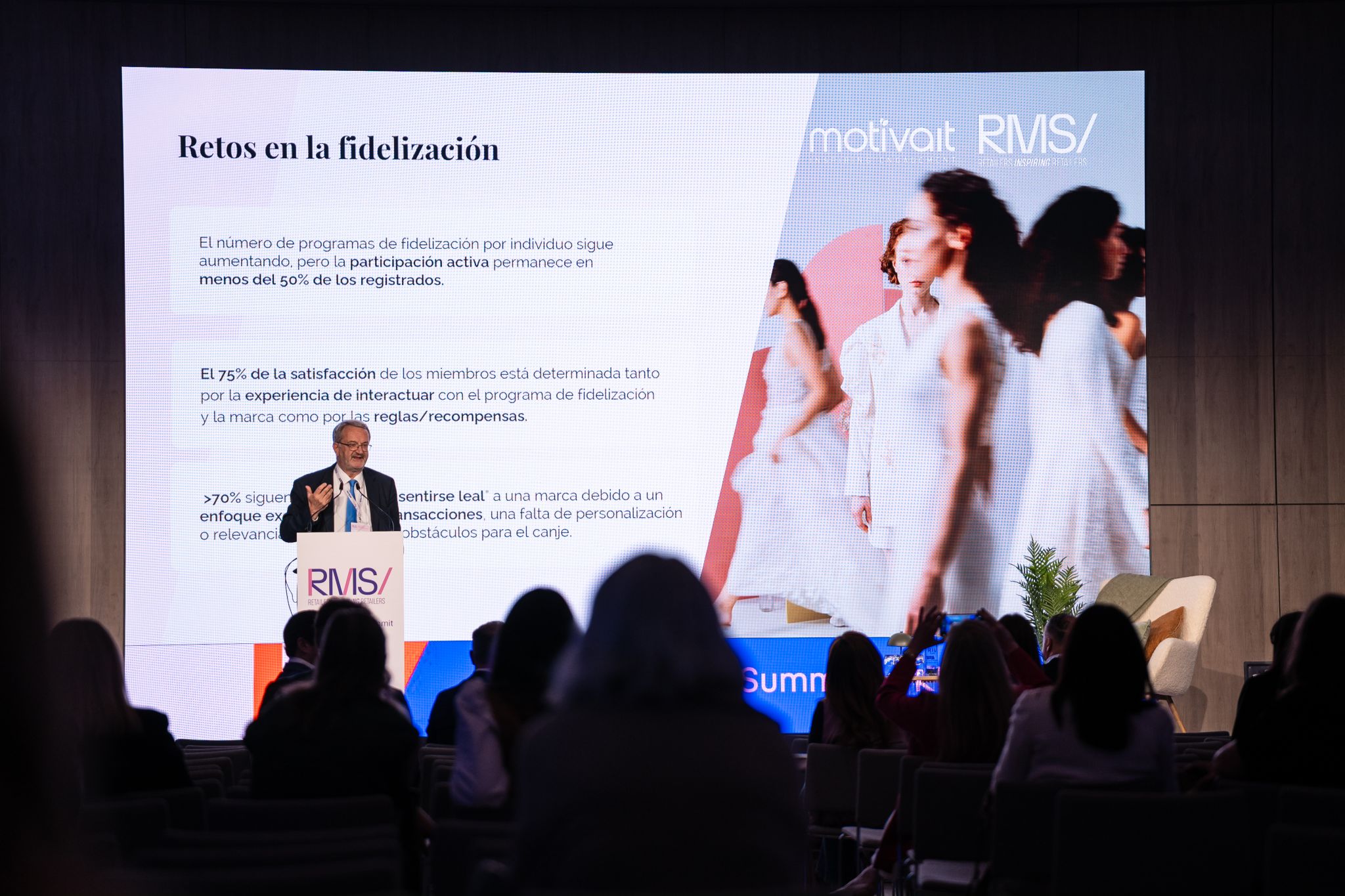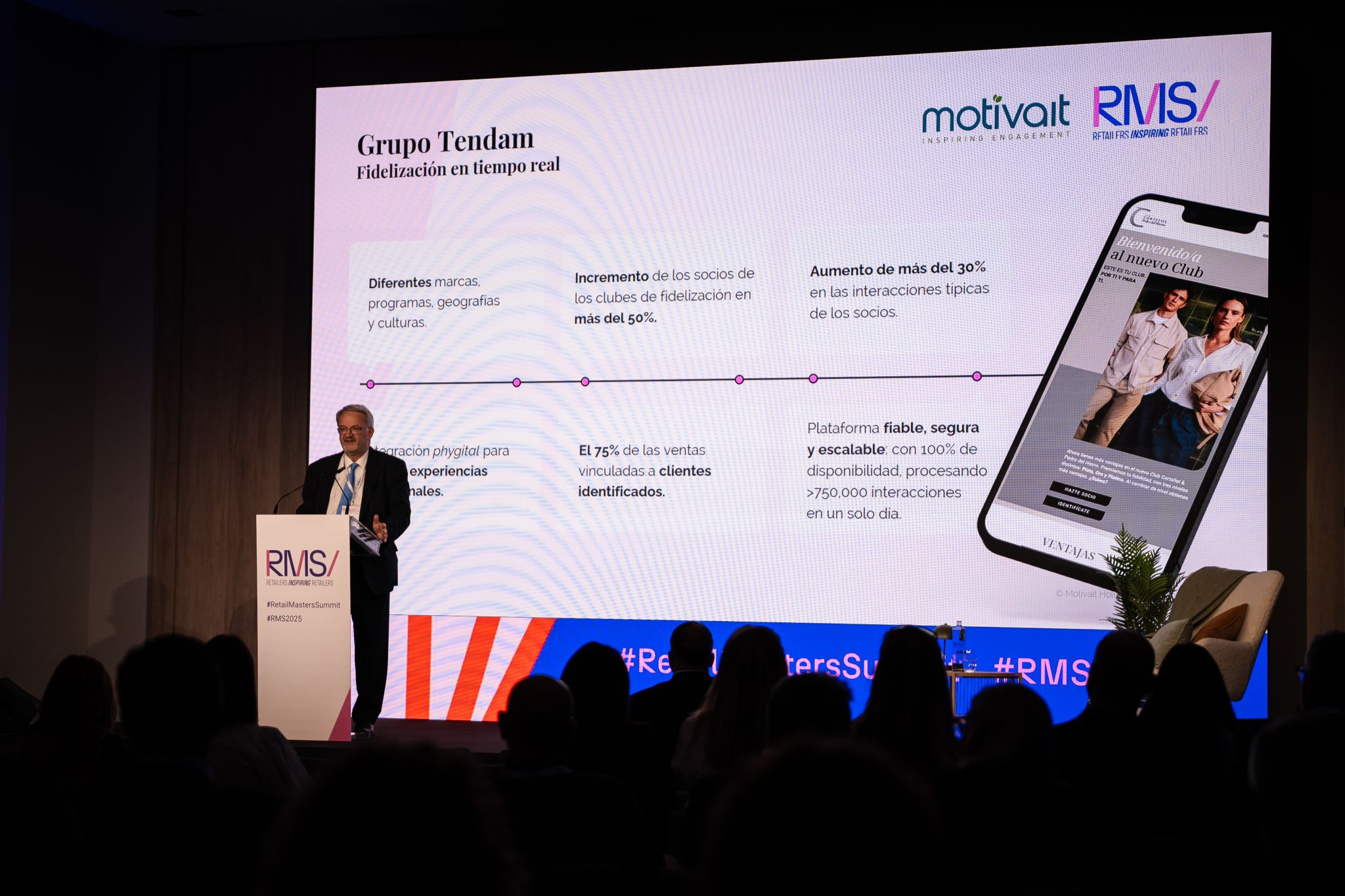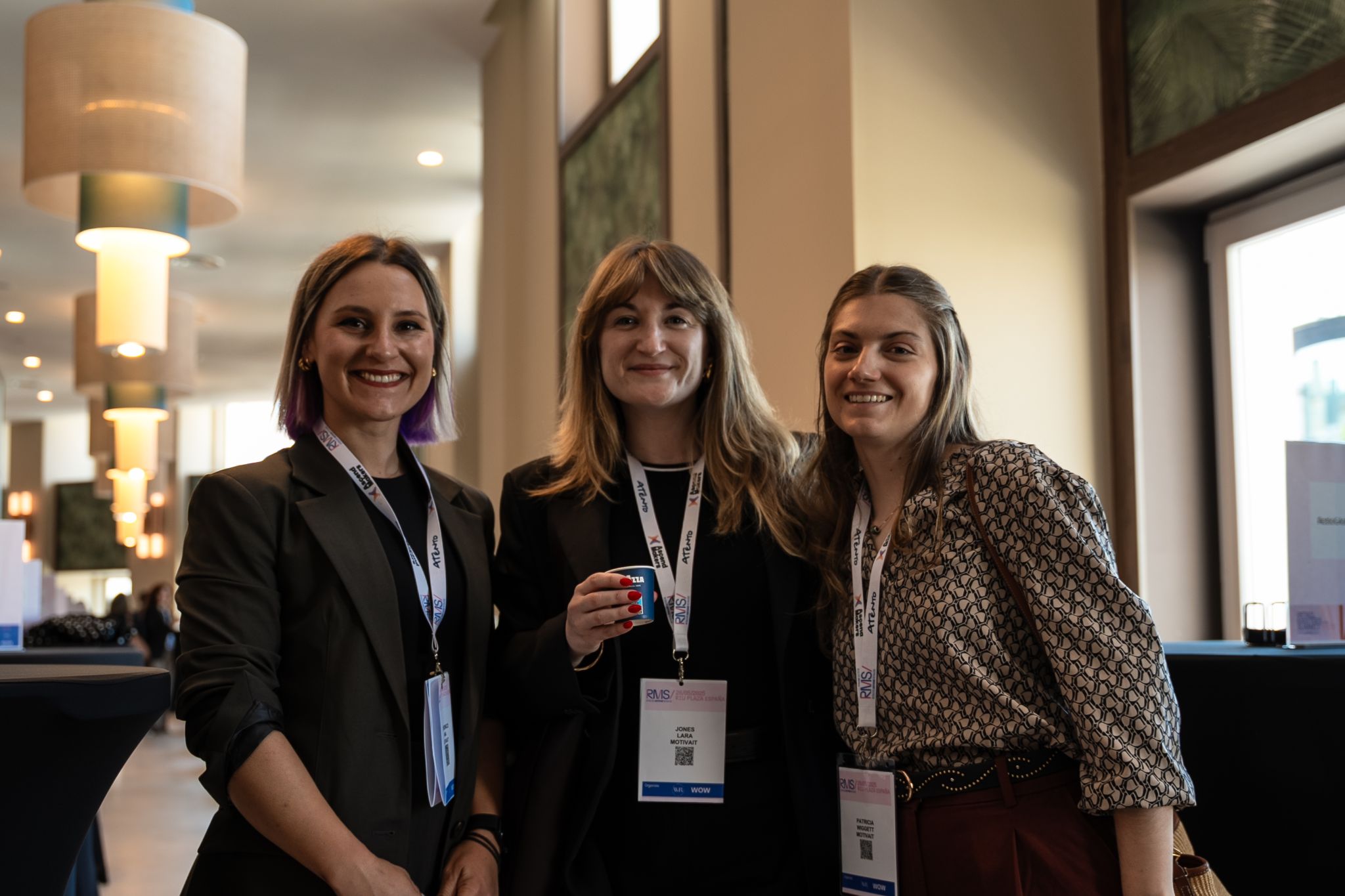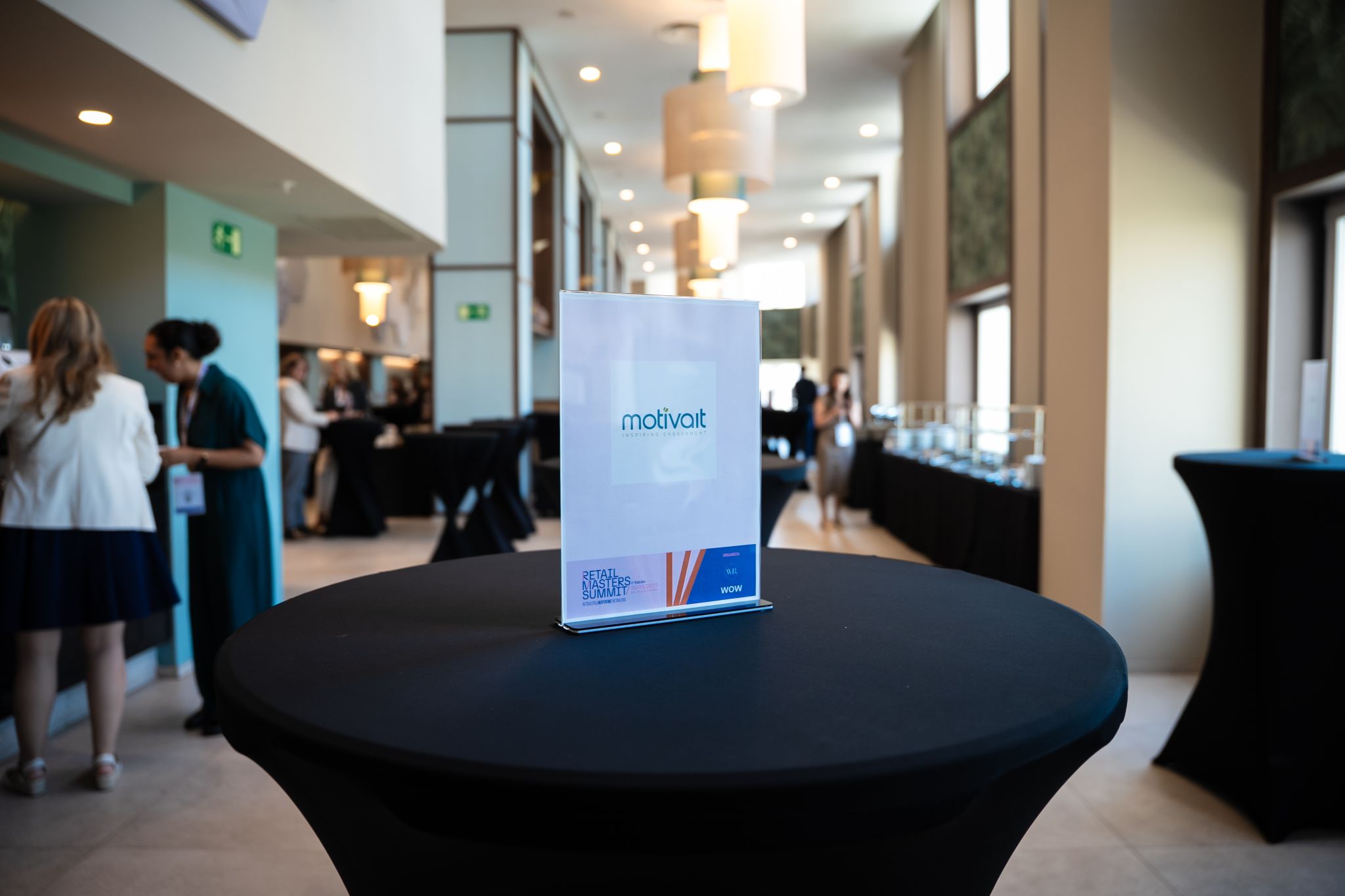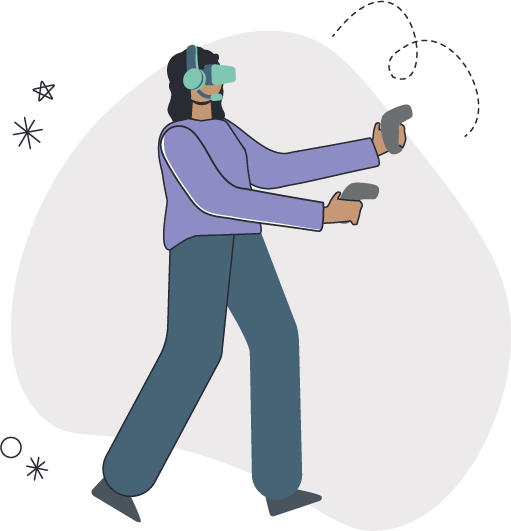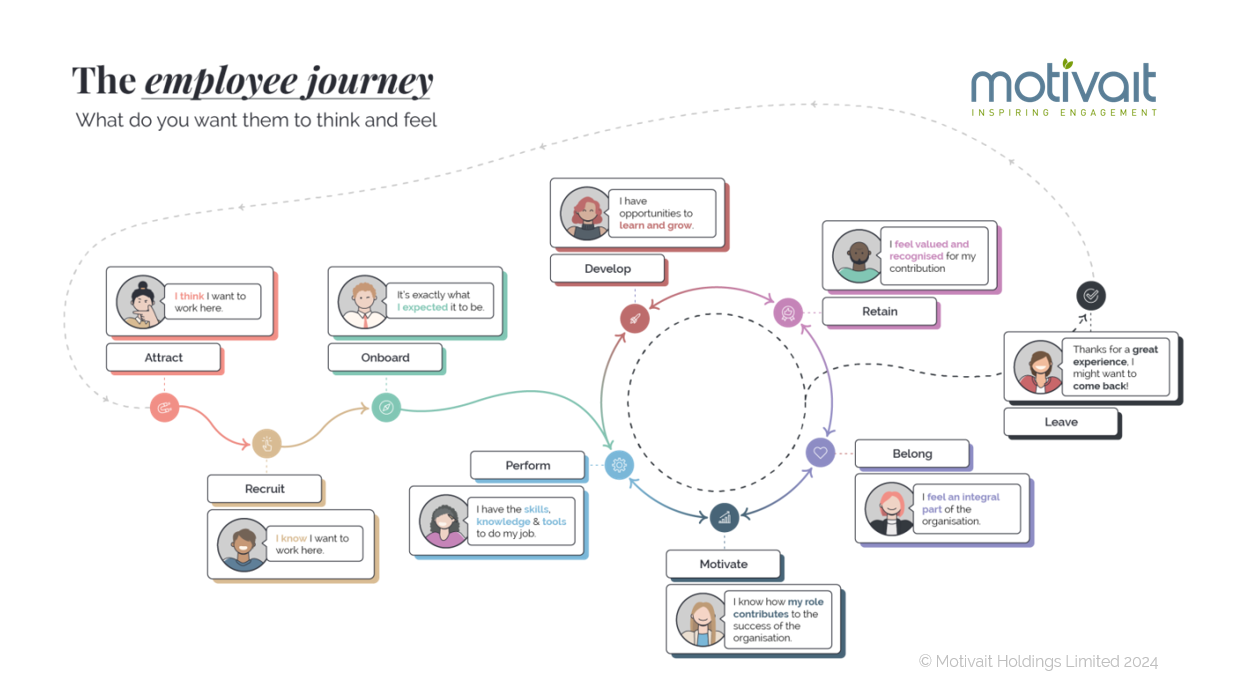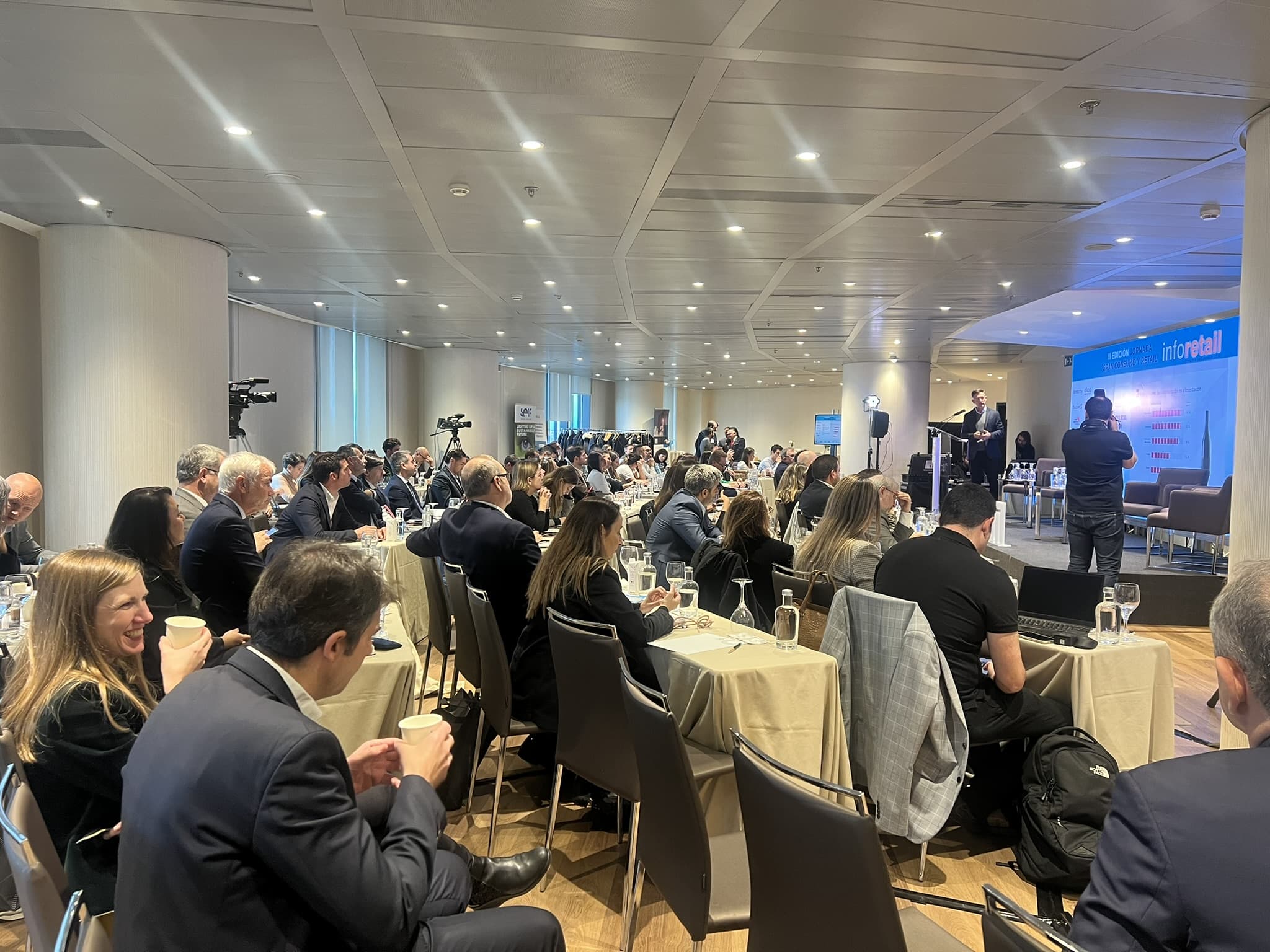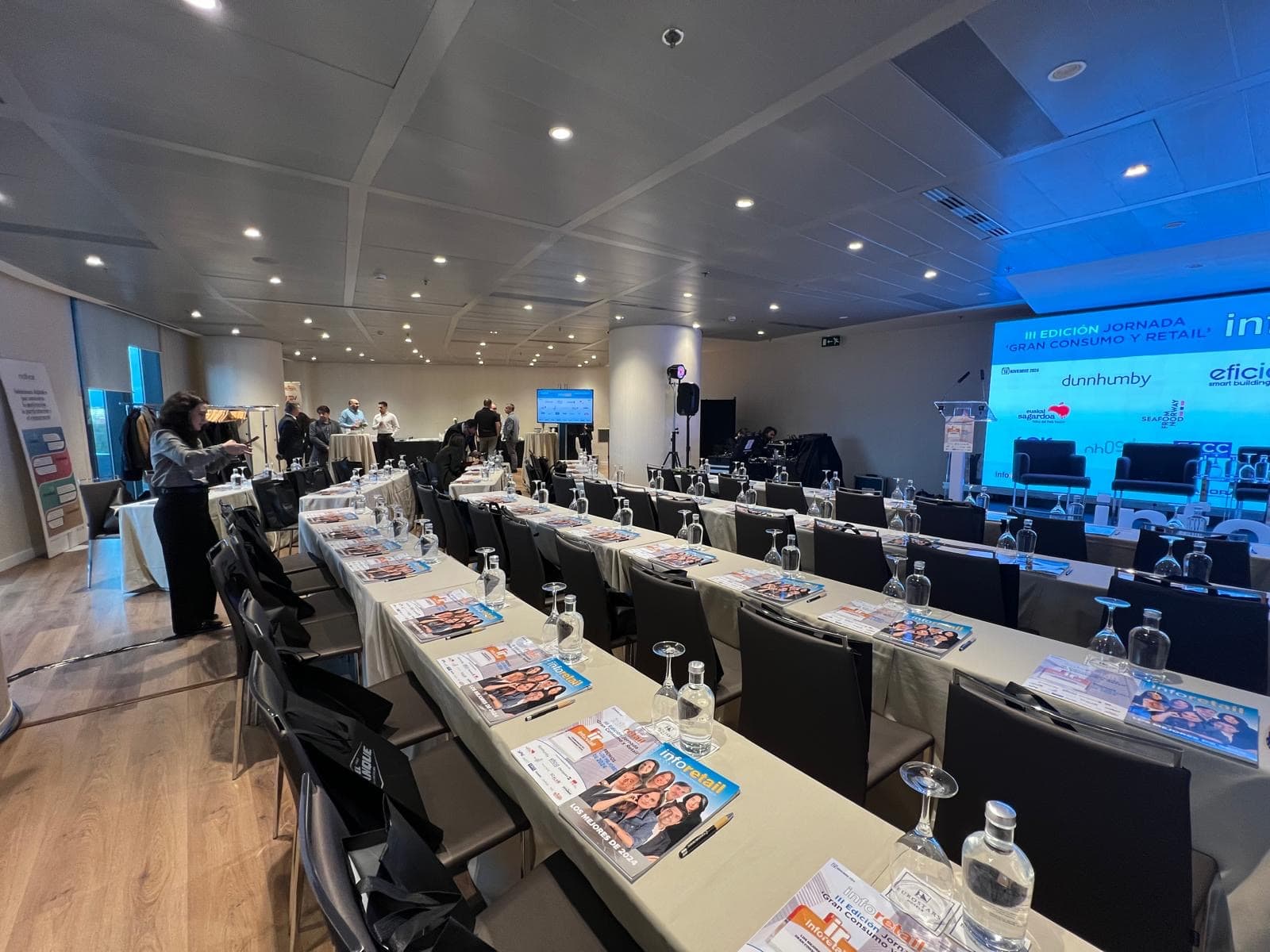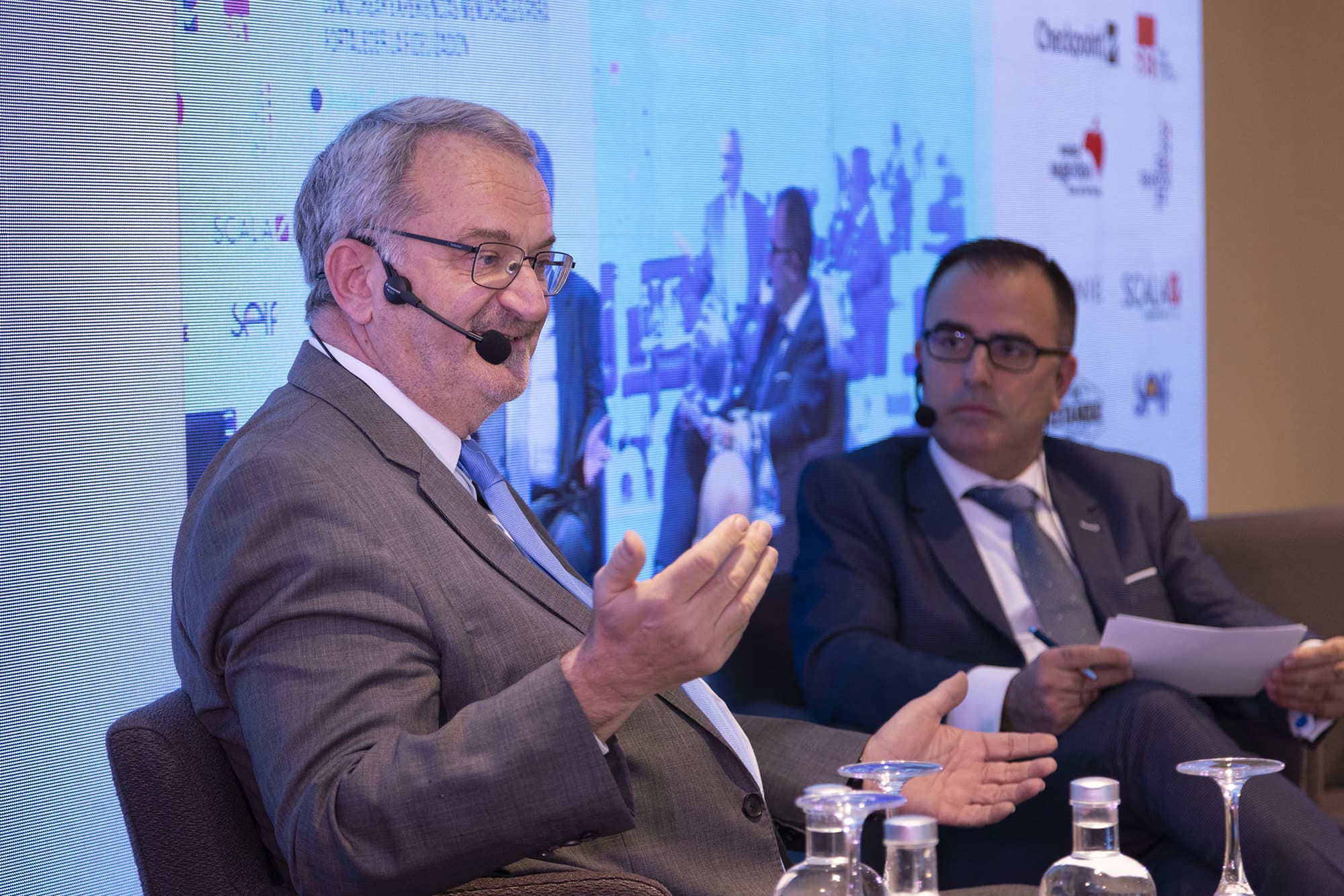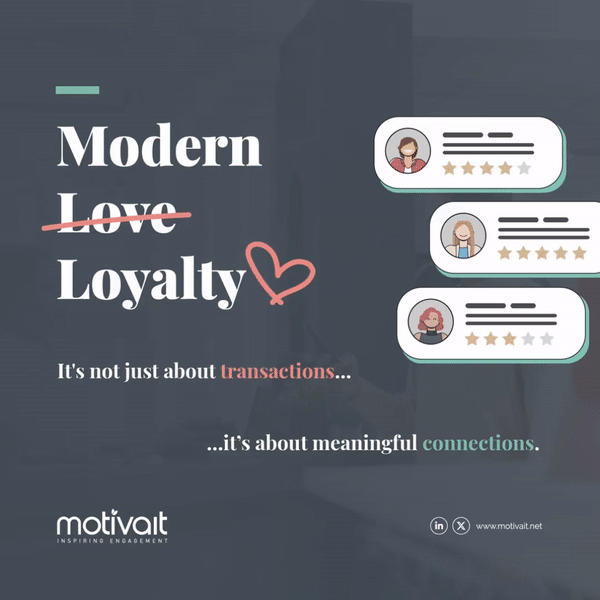What if we all focussed on loyalty and customer engagement as an emotional relationship, and not as something based solely around a transaction? 💬
In a keynote speech at the Retail Masters Summit in Madrid, we shared thoughts on how the industry is evolving and took away a lot of reflections from the different perspectives, experiences and challenges that leading retailers discussed.
Despite the fierce competitive environment, geopolitical and economic uncertainty, and a consumer population saturated with offers or discounts, we are even more convinced that the real key lies not just in the quantity of members who may initially sign up to a loyalty programme or to receive a newsletter, but in the quality and value of the engagement that is achieved, maintained and developed with them.
For us, loyalty is not just about rewarding a transaction. It is about consistently building relevance, value, empathy, trust and emotion.
During his presentation, our CEO Antony Jones talked about how we support over 100 million secure loyalty interactions across the globe, integrating physical and digital channels in real time to create fluid, personalised and meaningful experiences for the customer. Transactions obviously matter as outcomes for all brands, but even more important, at a time of tightening margins, is what they can represent: the development of authentic, valuable and sustainable customer relationships.
The real challenge is not just to capture, but to maintain, develop and strengthen the value of each customer interaction. Speaking their language, recognizing them as an individual, and building connections and value that really matter. Technology has a critical role to play in building this customer experience, but we also believe passionately in it as an enabler of human potential and employee engagement to optimise that very experience.
Thank you to everyone who came to listen, discuss and share. We take away much more than a great day meeting, listening to and understanding the amazing professionals from this fantastic sector: we take inspiration to continue developing what we do every day.

